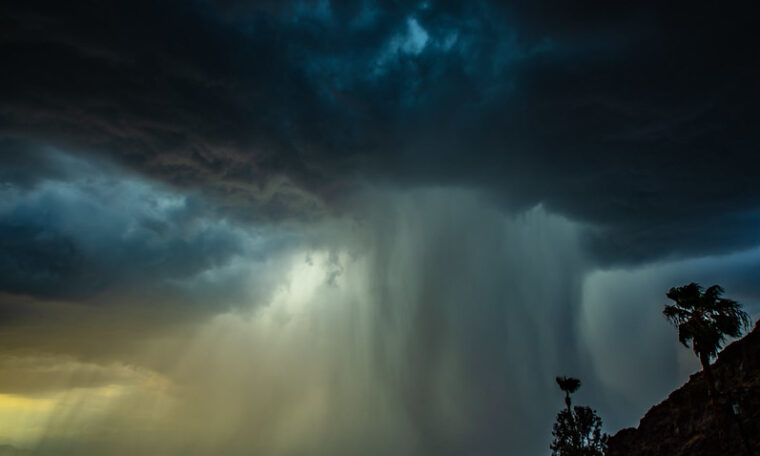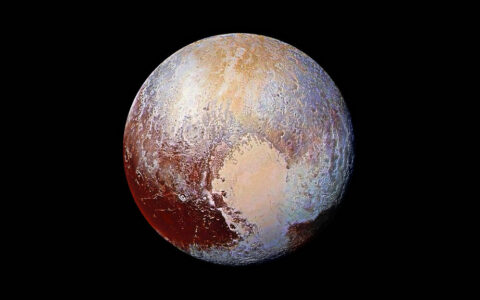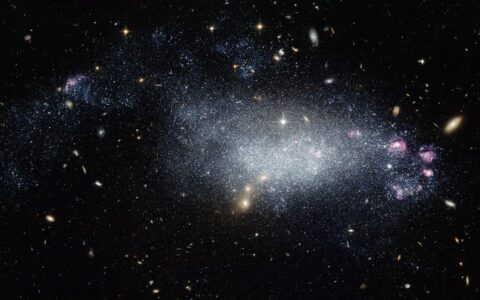
A new study published in Geophysical Research Letters has revealed that the radioactive carbon released by the 20th-century nuclear bomb tests has been found at the bottom of the ocean. Researchers discovered signs of radioactive carbon from experiments with atomic bombs released into the atmosphere, now into the muscle tissue of crustaceans living at the deepest points of the ocean. This includes the Mariana Trench, the deepest area in the sea, where organisms on the surface of the ocean have also absorbed carbon in their body particles since the 1950s, researchers found.
The authors of the study explained that human pollution can be immediately incorporated into the food web and can go all the way to the bottom of the ocean. Main author Dr. Ning Wang, a geochemist at the Chinese Academy of Sciences, said that although it takes hundreds of years for ocean currents to transport bomb-carbon water to the most profound areas, the food web absorbs it much faster.
Shellfish present higher levels of radioactive carbon than normal
Dr. Weidong Sun, co-author of the study, explained that there is a convincing connection between the surface of the ocean and its depths with regard to the biological system, and human discharges can strongly influence the biosystems up to 11,000 meters. People must stop being reckless about their behavior, now and in the future, because this also concerns the food chain. The discoveries will help scientists increase their understanding of how organisms have adapted to the environment of the deep-sea without nutrients.
The crustaceans observed by the research team live surprisingly long through incredibly slow metabolisms. The team thinks this is the result of an adaptation to life in such a strict habitat. Carbon-14, a radioactive carbon that is naturally produced when cosmic rays come into contact with nitrogen in the atmosphere, can be identified in almost all living things and used to put an age on the archaeological and geological sample.
Thermonuclear bombing tests conducted between the 1950s and 1960s duplicated the amount of carbon-14 in the air, with the carbon then falling into the surface of the ocean. Since that time, marine organisms have built particles into their cells using carbon, researchers discovered extremely high ranges of carbon-14 in them.
The deepest points of the ocean contain radioactive carbon from nuclear bombs
In the study, the team of researchers used radioactive carbon as a marker for organic substances in slots for people to better understand the creatures that lived below. Hadal trenches are the deepest points of the ocean, where the sea is lower than four miles below the surface.
Dr. Wang and her team observed amphipods, a type of small crustaceans that live on the bottom of the ocean and eat dead organisms or collectible marine waste. The amphipods were collected in 2017 from the Mariana Mussau and New Britain trenches in the western Pacific Ocean. The level of carbon-14 in the muscle tissue of the amphipods was much higher than the level of the chemical element in the depths of the water of the ocean. .
Researchers also discovered that the life and body of the amphipods (of those who live in the trenches of the ocean) are longer than those who live in less deep waters. The long lifespan and dimensions of the creatures are probably due to the result of their development into an environment with low temperatures, high pressure and limited food supplies. Dr. Rosy Cory, associate professor of earth and environmental services at the University of Michigan, commented on the study and said the research clearly shows that even the deepest ocean depths are not affected by human activities.




